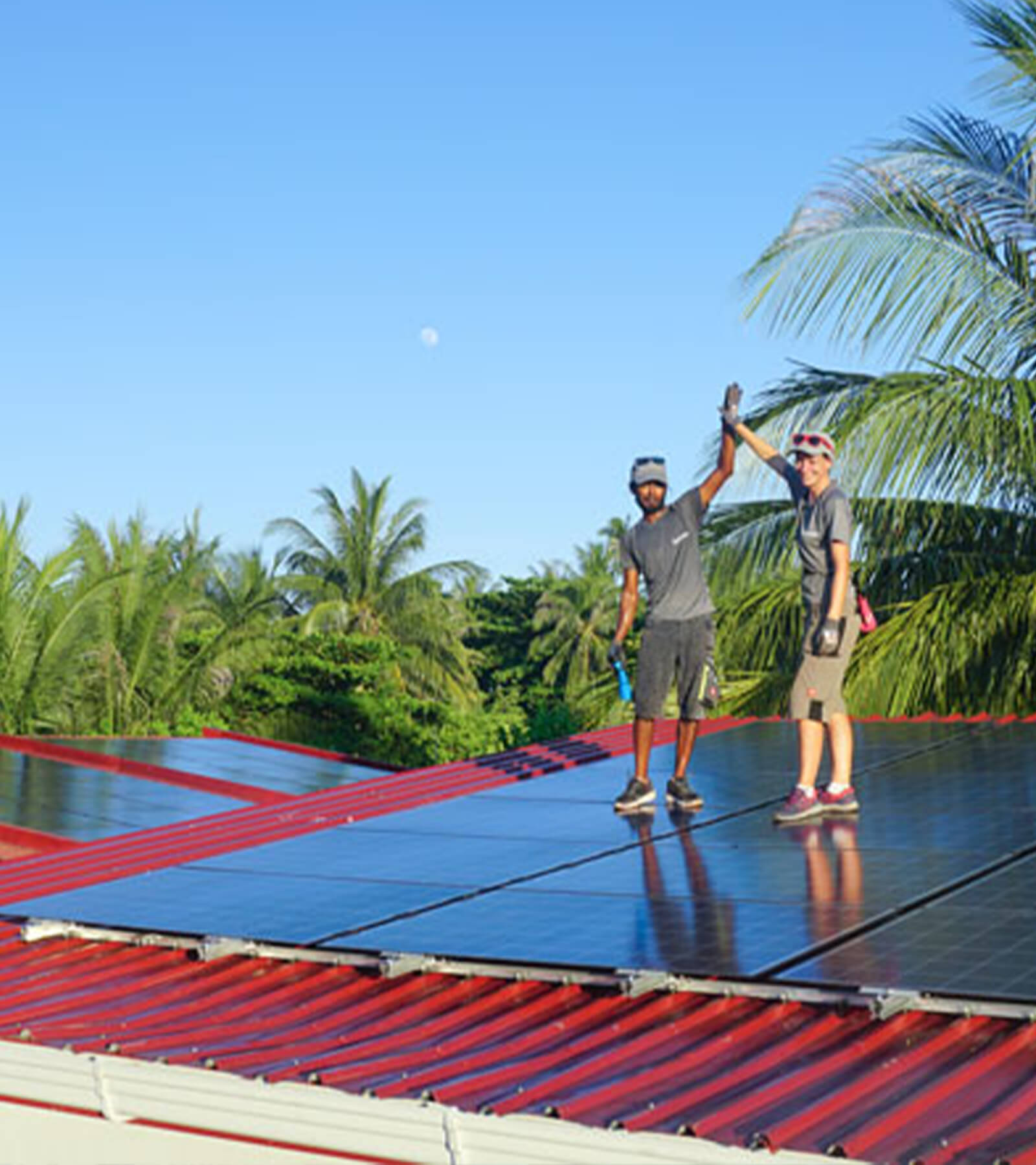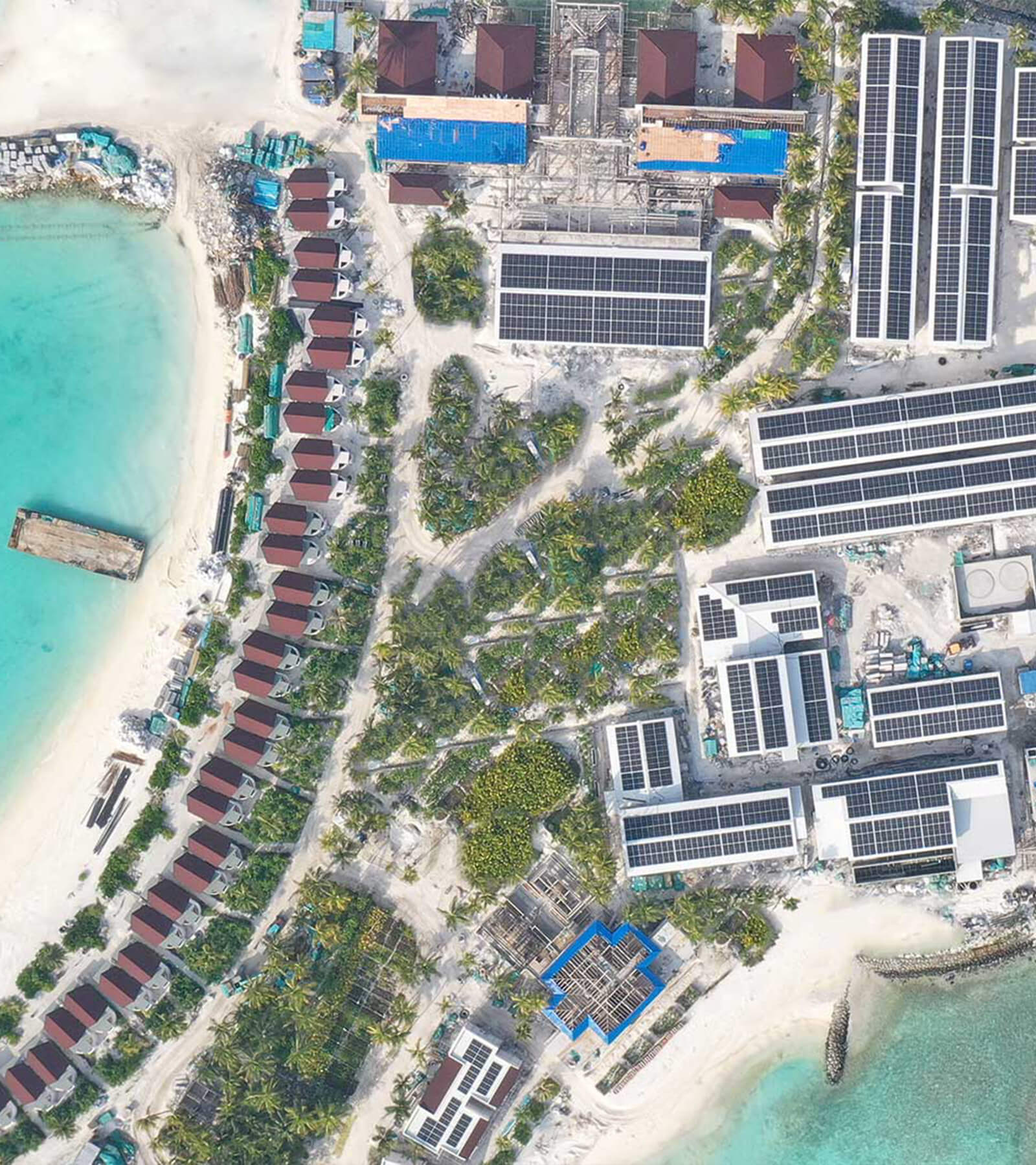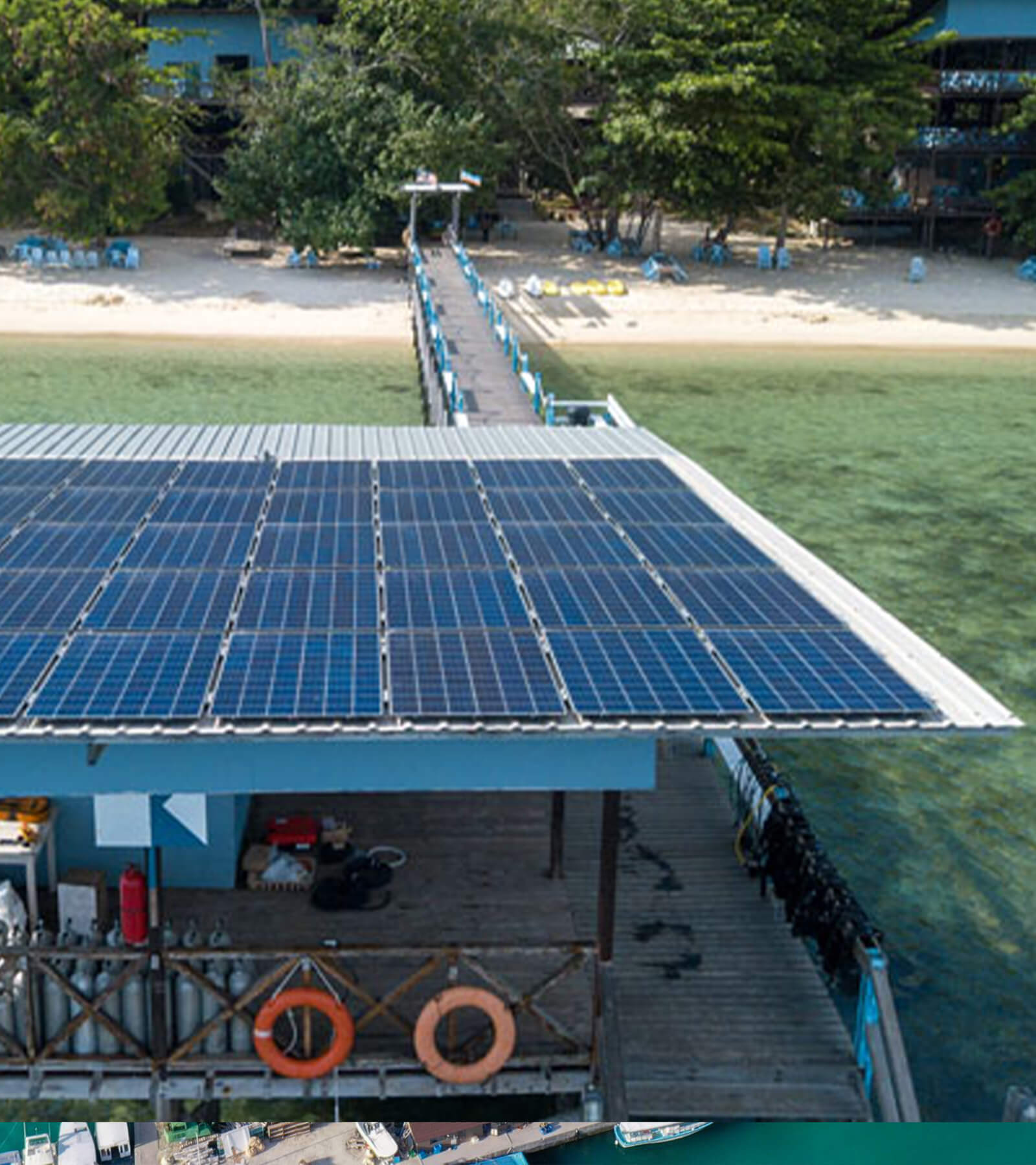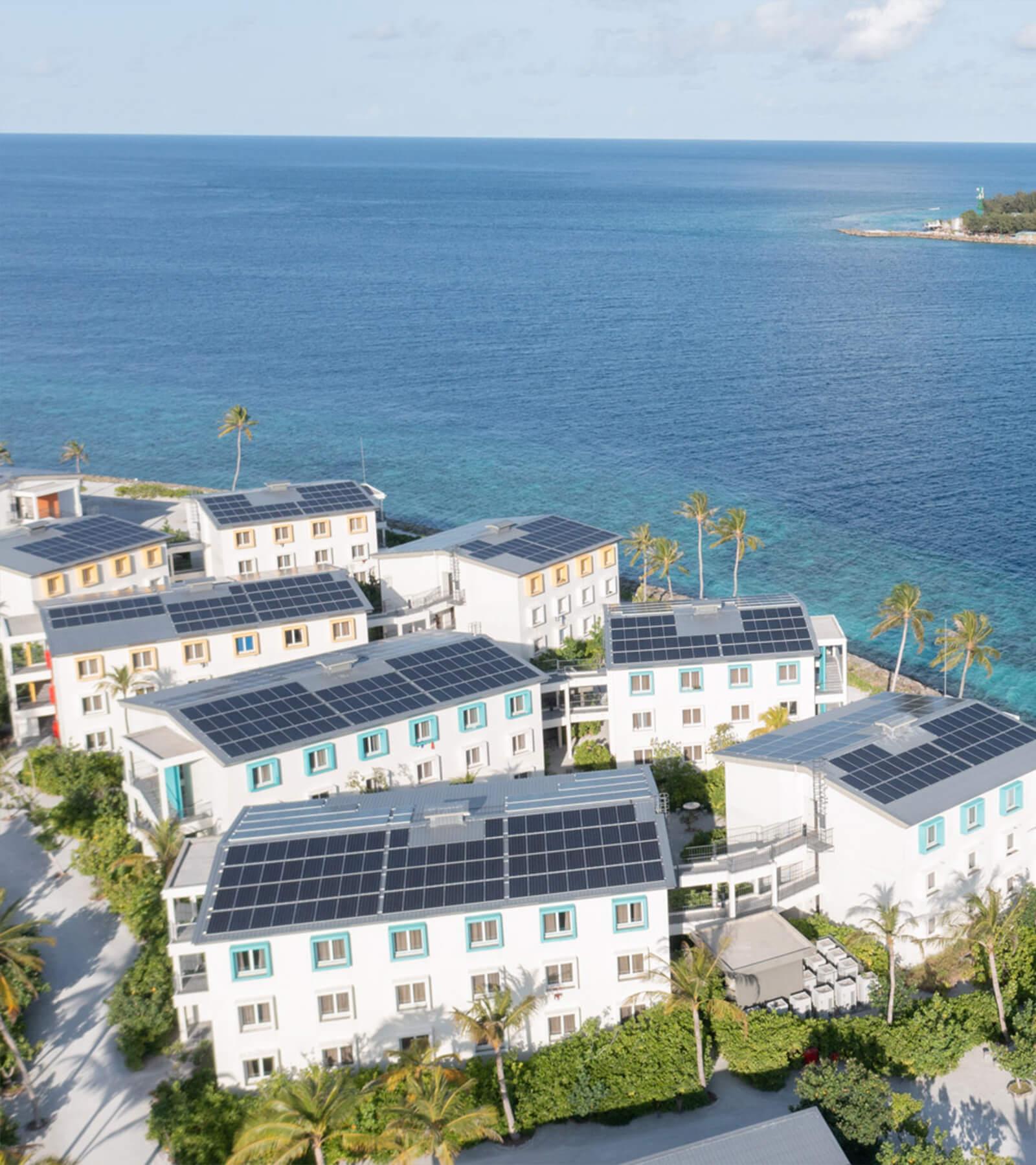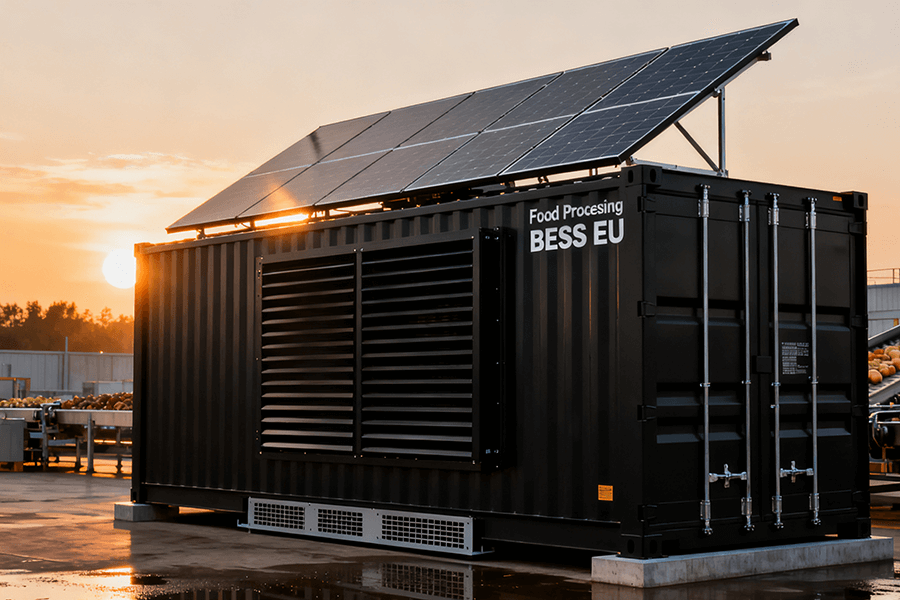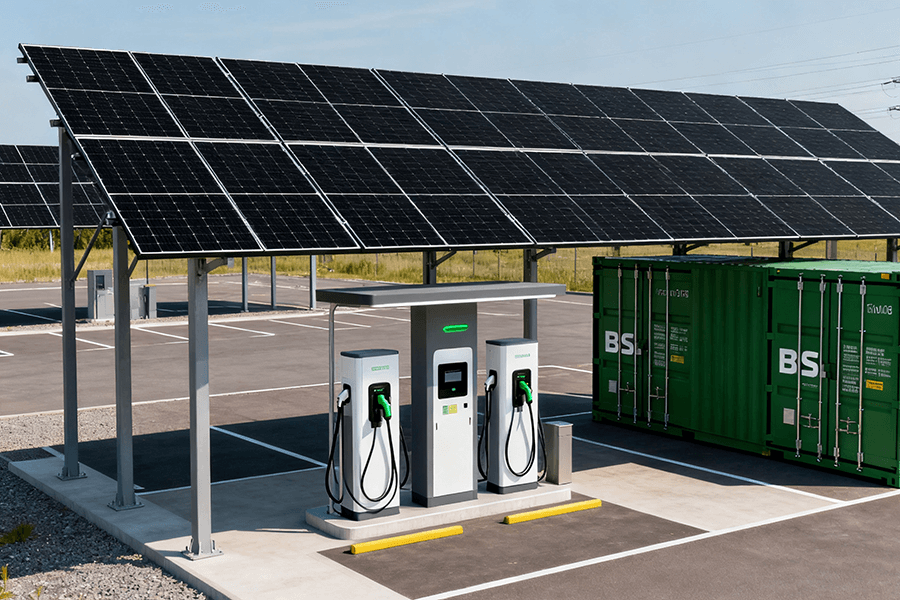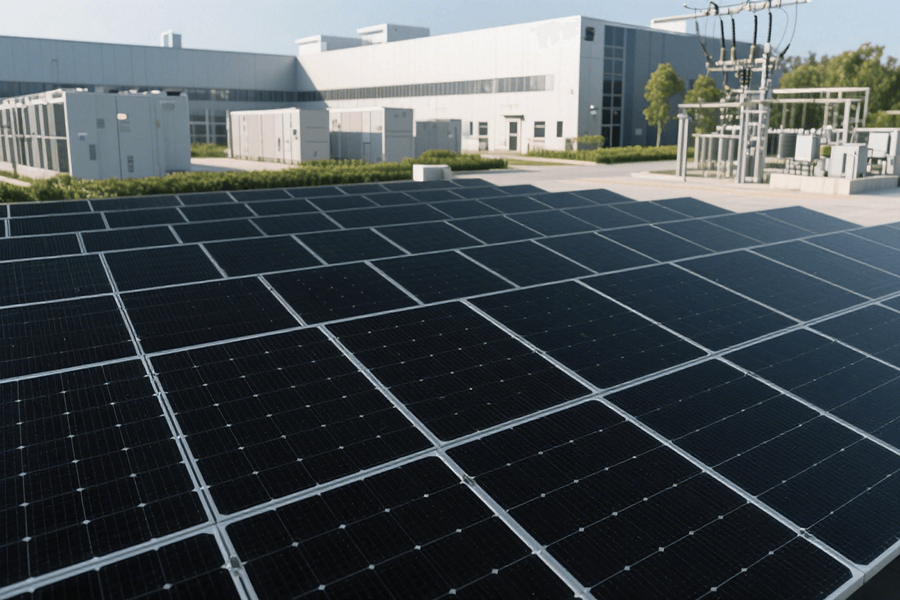
The Clock is Ticking for EU Data Centers
Imagine waking up to a €10 million fine because your data center’s carbon footprint resembles a small volcano. That’s not a sci-fi scenario—it’s the reality awaiting European data centers that miss the EU’s 2026 carbon intensity deadline: a strict cap of 0.5 kg CO₂e/kWh.
The numbers tell the urgency. According to the European Commission’s 2023 report on digital infrastructure, data centers currently account for 3% of the EU’s electricity consumption, with emissions growing 15% annually (EC Digital Strategy). Hyperscalers like Google and AWS? Their EU facilities average 0.8–1.2 kg CO₂e/kWh today—way over the line.
To truly grasp the magnitude of this challenge, consider the following breakdown:
| Metric | Current (1.0 kg CO₂e/kWh) | Target (0.5 kg CO₂e/kWh) | Impact Comparison |
|---|---|---|---|
| Annual Emissions (10 MW) | 87,600 tons CO₂e | 43,800 tons CO₂e | 43,800-ton reduction |
| Vehicle Equivalent | – | – | Equivalent to removing 9,500 cars from the road for a year* |
*Calculated using EPA Greenhouse Gas Equivalencies Calculator
These figures underscore the imperative for immediate action. A 10 MW data center operating at 1.0 kg CO₂e/kWh emits enough greenhouse gases annually to match the environmental footprint of a small town. Meeting the 0.5 kg CO₂e/kWh target would not only halve these emissions but also make a significant contribution to the EU’s broader climate goals.
Enter BESS Containers (Battery Energy Storage System) paired with solar: the dynamic duo that turns “compliance nightmare” into “carbon hero story.” Think of them as energy bodyguards—storing solar power when the sun shines, slashing grid reliance, and keeping your carbon scorecard squeaky clean. But BESS containers offer more than just compliance benefits. They also provide operational advantages, such as:
- Peak Shaving: Reducing electricity costs by storing energy during off-peak hours and using it during peak demand.
- Backup Power: Ensuring uninterrupted data center operations during power outages.
- Grid Services: Earning revenue by providing frequency regulation and other grid support services.
In essence, BESS containers are not just a solution to the 2026 carbon intensity challenge; they are a strategic investment in the future of sustainable data center operations.
How BESS Containers Boost the Bottom Line (While Saving the Planet)
Peak Shaving: Cut Grid Bills Like a Pro
Data centers are notorious for their erratic energy consumption patterns, often described as “energy drama queens.” One moment, they operate with relatively low power demands, and the next, they experience significant spikes during server-intensive tasks. This phenomenon of peak demand isn’t just a challenge for the electrical grid; it also takes a toll on the financial bottom line of data center operators. Utilities impose peak demand fees, which can account for up to 30% of the total electricity costs, penalizing these sudden surges in consumption.
BESS (Battery Energy Storage System) Containers emerge as the solution to this problem, acting as calm mediators in the energy ecosystem. During off-peak hours, when electricity prices are at their lowest (around €0.10/kWh), these containers store surplus energy. When peak hours arrive and electricity prices skyrocket to €0.30–€0.50/kWh, the stored energy is released, effectively reducing peak demand by up to 40%, as reported in the IRENA 2024 Energy Storage Report.
Case Study: Frankfurt Data Center
A practical example from Frankfurt illustrates the effectiveness of BESS Containers. A 5 MW data center equipped with a 2 MWh BESS Container achieved remarkable savings in 2024, as documented in a case study by the German energy firm RWE (RWE BESS Case Study). Here’s a detailed breakdown of the savings:
| Metric | Value |
|---|---|
| Annual Peak Hours Avoided | 200 hours |
| Average Peak Price Difference | €0.35/kWh |
| Direct Energy Savings | €140,000 |
| Demand Charge Savings | €280,000 |
| Total Annual Savings | €420,000 |
These savings are substantial, equivalent to the cost of 84,000 lattes—more than enough to fuel an engineering team through countless late-night projects.
Frequency Regulation: Get Paid to Be a Grid Hero
The electrical grid itself is not without its challenges. In the EU, where the standard frequency is set at 50Hz, fluctuations occur whenever there’s a misalignment between electricity supply and demand. BESS Containers play a crucial role in maintaining grid stability, responding to frequency changes in milliseconds—even faster than a superhero reacting to a crisis.
Participating in the EU’s Fast Frequency Response (FCR) markets comes with financial incentives. According to the EPEX Spot 2025 Market Report, operators of BESS Containers can earn between €150–€200 per MWh for providing frequency regulation services. For instance, a 2 MWh BESS Container has the potential to generate an annual revenue of approximately €30,000–€40,000, simply by keeping the grid’s frequency in check.
Real-World Performance: London Data Center
The benefits of frequency regulation are evident in real-world applications. A 4 MWh BESS installation at a London data center achieved an impressive €78,000 in FCR revenue during the first quarter of 2025, operating at a remarkable 92% availability, as stated in the National Grid ESO Flexibility Report.
Here’s a simple calculation to illustrate the potential earnings:
( text{Annual Earnings} = 2 text{ MWh} times 100 text{ hours/month} times â¬150/text{MWh} = â¬30,000/text{year} )
For a system that primarily operates in the background, these earnings represent a significant return on investment.
Engineering Excellence: Packing Power Without the Sweat
High-Density Designs: Power in a Box (Literally)
In the high-stakes world of data centers, where every square meter is a precious asset, the concept of wasted space is anathema. Each inch should resonate with the hum of servers, actively contributing to data processing rather than remaining an empty void. This is where BESS (Battery Energy Storage System) Containers truly shine, revolutionizing the energy storage landscape with their unparalleled efficiency.
| Container Size | Energy Capacity | Power Output | Cycle Life | Space Efficiency vs. Traditional Racks |
|---|---|---|---|---|
| 20ft Standard | 2 MWh | 1 MW | 6,000+ | 3x higher (source: GreenIT Coalition) |
| 40ft High-Cube | 5 MWh | 2.5 MW | 7,000+ | 4x higher |
The compact 20ft unit, which can snugly fit into a standard parking spot, packs a punch equivalent to powering 200 homes for an entire day. To put it in perspective, it’s like having a scaled-down version of a Tesla Gigafactory tucked away in your garage, delivering immense power in a small footprint.
Adding a touch of whimsy to the technical prowess, consider this Fun fact: The 5 MWh 40ft container holds enough energy to stream 4K Netflix for a staggering 125,000 hours. That’s approximately 14 years of continuous binge-watching, highlighting not just its energy storage capabilities but also its real-world implications in powering entertainment on a grand scale.
Thermal Management: Keeping Cool Under Pressure
Batteries are temperamental when it comes to temperature. As Battery University reveals, if temperatures exceed 35°C, a battery’s lifespan can plummet by a drastic 50%. This is where the advanced liquid cooling systems in modern BESS Containers prove to be game-changers.
- Continuous Discharge: These systems are engineered to handle a continuous discharge of 80kW for over 4 hours. This sustained power output is sufficient to keep 80 gaming PCs running at full throttle without interruption, catering to the energy demands of high-performance applications.
- Temperature Precision: With an exceptional ability to maintain a temperature of 25°C ±2°C, the liquid cooling setup significantly extends the battery’s operational life to 10+ years. This precision ensures consistent performance and reliability, crucial for data centers that operate around the clock.
- Cost Savings: When compared to traditional air-cooled systems, the liquid cooling in BESS Containers offers a substantial 30% reduction in cooling energy, as outlined in the ASHRAE 2024 Data Center Guidelines).
A real-world example from a Madrid data center underscores the effectiveness of this technology. In 2023, the facility made the switch from air-cooled to liquid-cooled BESS for a single 2 MWh unit. The results were remarkable: cooling costs were slashed by €12,000 per year, and battery performance saw an impressive 8% boost, as reported in the DatacenterDynamics EMEA Report). This case study serves as a testament to the practical benefits and cost-efficiency that BESS Containers with liquid cooling bring to the table.
Conclusion: ROI That Makes CFOs Smile (and Regulators Nod)
3-Year Payback? It’s Real
Hyperscalers aren’t just going green—they’re going profitable:
| Benefit Category | Annual Value (5 MWh BESS) |
|---|---|
| Energy Savings | €350,000–€700,000 |
| FCR Revenue | €75,000–€100,000 |
| Carbon Credits | €450,000–€900,000 |
| Total | €875,000–€1.7M |
A 5 MW data center with a 5 MWh BESS Container sees ~€1.2M/year in total benefits, covering its €3.5M cost in 3 years.
Compliance Made Easy
EN 50600 (the EU’s data center bible) mandates:
- 99.999% power reliability (no more “oops, server crash”)—BESS Containers achieve 99.9995% uptime.
- Carbon intensity tracking (BESS Containers log every kWh saved with ISO 14064-1 compliant software).
BESS Containers check both boxes—no late-night panic calls to regulators.
From Our Team at Maxbo Solar
At Maxbo Solar (www.maxbo-solar.com), we’ve been geeking out over BESS Containers since 2018. Our units?
- Custom Built: 20ft, 40ft, or “weird size for your weird corner” options—we built a 30ft unit for a Parisian data center with a historic listed facade last year.
- EU-Certified: Pre-approved for EN 50600 and CE compliance (no paperwork headaches) with third-party validation from TÜV SÜD.
- Solar Synergy: Plug-and-play with our solar arrays—our in-house software optimizes charge/discharge cycles to maximize solar usage by 15% vs. generic systems.
Last year, we helped a Dublin data center cut emissions by 42% (from 0.92 to 0.53 kg CO₂e/kWh) and hit payback in 2.8 years. Their CFO sent us a cake. (It was good—chocolate, with “Thanks for the €1.3M/year” written in frosting.)
Ready to turn the 2026 deadline into a win? Visit www.maxbo-solar.com—we’ll even throw in free coffee during your site visit (and maybe a mini cake preview).
P.S. The cake offer stands. We mean it.

